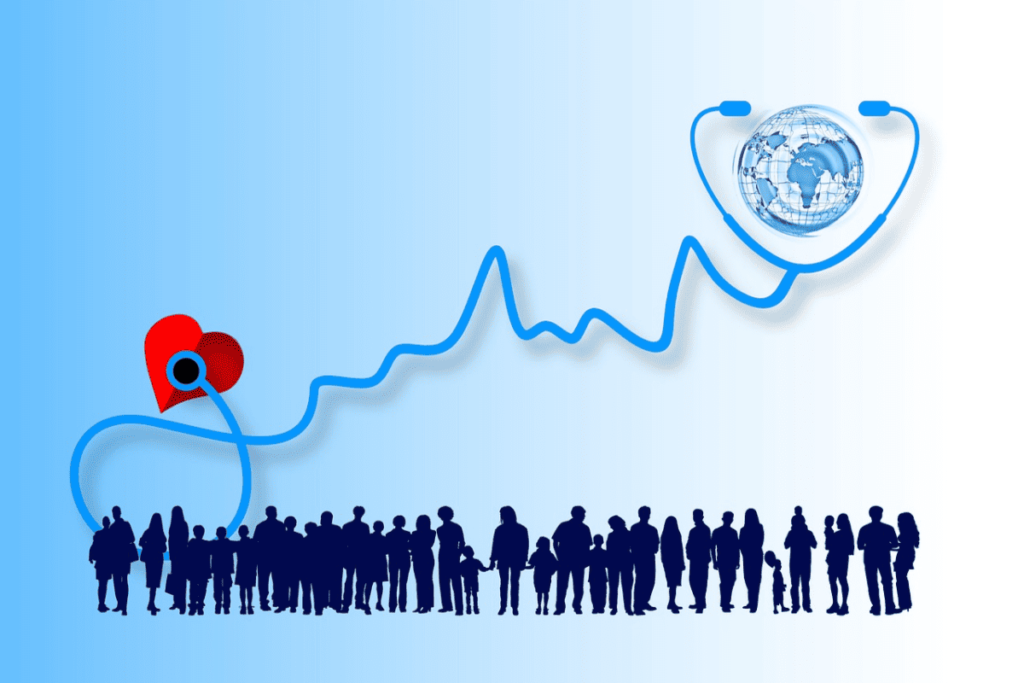Heart disease is one of the most common and serious health conditions affecting people around the world, especially in the United States. Known medically as maladie vasculaire or cardiovascular disease, it refers to a group of disorders involving the heart and blood vessels. Despite medical advancements, heart disease remains the leading cause of death for both men and women. It can be silent, progressing without symptoms until a major event like a heart attack or stroke occurs. That’s why awareness, prevention, and early diagnosis are essential. People of all ages should understand what heart disease is, what causes it, and how to lower their risk. This article explores everything you need to know about heart disease, from symptoms to causes, and even prediction using datasets.
What is Heart Disease (Maladie Vasculaire / Cardiovascular Disease)?
Heart disease refers to several types of heart conditions. The most common type is coronary artery disease (CAD), which occurs when plaque builds up in the arteries that supply blood to the heart. This buildup narrows the arteries, reducing blood flow and potentially leading to a heart attack.
Other forms of heart disease include:
Heart failure
Arrhythmias (irregular heartbeats)
Heart valve disease
Congenital heart defects (present at birth)
Cardiomyopathy (disease of the heart muscle)
The term maladie vasculaire emphasizes the role of blood vessels in heart health. Vascular disease, such as atherosclerosis, is closely linked with cardiac function. Maintaining healthy arteries and managing blood pressure are key parts of preventing heart disease.
Fortunately, with proper medical care, lifestyle changes, and early detection, many forms of heart disease can be managed or even prevented.
Heart Disease Symptoms
Symptoms of heart disease may vary depending on the specific type of cardiovascular condition, but common signs include:
Dizziness, lightheadedness, and fainting – May signal irregular heartbeats or low blood flow.
Fatigue – A constant feeling of tiredness, even with adequate rest.
Shortness of breath during activity or rest – Often linked to heart failure or blocked arteries.
Shortness of breath at night – Some people may wake up gasping for air.
Rapid, pounding, or fluttering heartbeats – Could indicate arrhythmia or atrial fibrillation.
Swollen legs, ankles, or feet – Caused by fluid buildup due to poor heart function.
If you experience these symptoms, it’s important to consult a doctor immediately. Early detection can prevent more serious complications.
Heart Disease Causes
Several lifestyle and health-related factors contribute to the development of heart disease. The most common causes include:
Smoking – Damages blood vessels and raises blood pressure.
High blood pressure (Hypertension) – Puts stress on the heart and arteries.
High cholesterol – Leads to plaque buildup and artery blockage.
High lipoprotein(a) – A genetic form of cholesterol that increases risk.
Lack of physical activity – Weakens the heart and increases fat accumulation.
Diabetes – Damages arteries and contributes to plaque formation.
Thrombosis – Blood clots that can block arteries and trigger heart attacks.
Understanding these risk factors is critical for prevention. Regular health check-ups, blood pressure monitoring, and lifestyle changes can significantly reduce your risk.
Heart Disease Awareness
A recent study conducted at Arizona State University explored attitudes toward heart disease among college students. The research included 1,481 student surveys and revealed some surprising misconceptions.
Key findings include:
Many students believed breast cancer is a bigger threat to women than heart disease.
Respondents perceived that white individuals were at higher risk than minorities.
Knowledge about heart disease risk factors was generally low compared to other health issues like STDs or mental health.
There was a lack of awareness about women’s vulnerability to heart disease.
These findings suggest a pressing need for educational programs that promote heart disease awareness, especially for young adults and minorities. Addressing misinformation and encouraging healthy habits early in life can have a long-term impact on public health.
Heart Disease Dataset
Datasets related to heart disease are valuable tools for researchers, healthcare professionals, and data scientists. One of the most commonly used datasets is the Cleveland Heart Disease dataset, which includes factors such as:
Age
Sex
Chest pain type
Resting blood pressure
Serum cholesterol
Fasting blood sugar
Maximum heart rate achieved
ST depression induced by exercise
Number of major vessels colored by fluoroscopy
Thallium heart scan results
Such datasets help in building models to predict heart disease risk, understand trends, and develop targeted interventions. With machine learning and AI, it’s possible to identify patterns that may go unnoticed in traditional analysis.
Heart Disease Prediction
Predicting the likelihood of developing heart disease involves analyzing multiple personal and clinical factors. A comprehensive risk assessment may include:
Age, sex, and race
Blood pressure readings and use of hypertension medications
Cholesterol levels and use of statins
Smoking history
Family history of heart disease
Lifestyle factors such as diet, exercise, and stress levels
The most common cause of heart disease is atherosclerosis, where fatty deposits accumulate in artery walls. Predictive tools, including apps and online calculators, help individuals understand their risk levels and take preventive actions early on.
Healthcare providers also use imaging, blood tests, and ECGs to identify early signs of cardiovascular disease. Combining medical evaluations with data analytics leads to more accurate diagnoses and better outcomes.
Conclusion
Heart disease remains a major public health challenge, but it’s not inevitable. Understanding what causes it, recognizing symptoms early, and making proactive lifestyle changes can greatly reduce your risk. From coronary artery disease to heart failure, these conditions share common risk factors that can be managed with awareness and commitment. It’s also essential to address the gaps in public knowledge, especially among young adults and minority groups. The future of heart health lies in both education and innovation—using data, technology, and awareness campaigns to empower individuals to take control of their heart health. By focusing on prevention, early detection, and informed decision-making, we can beat heart disease before it beats us.
Author : M.Ghandoumy


